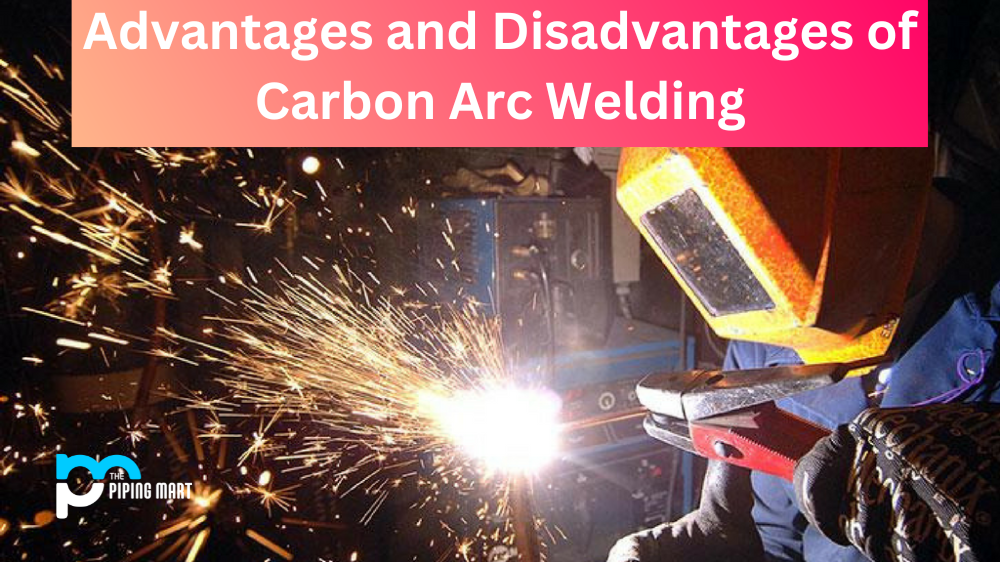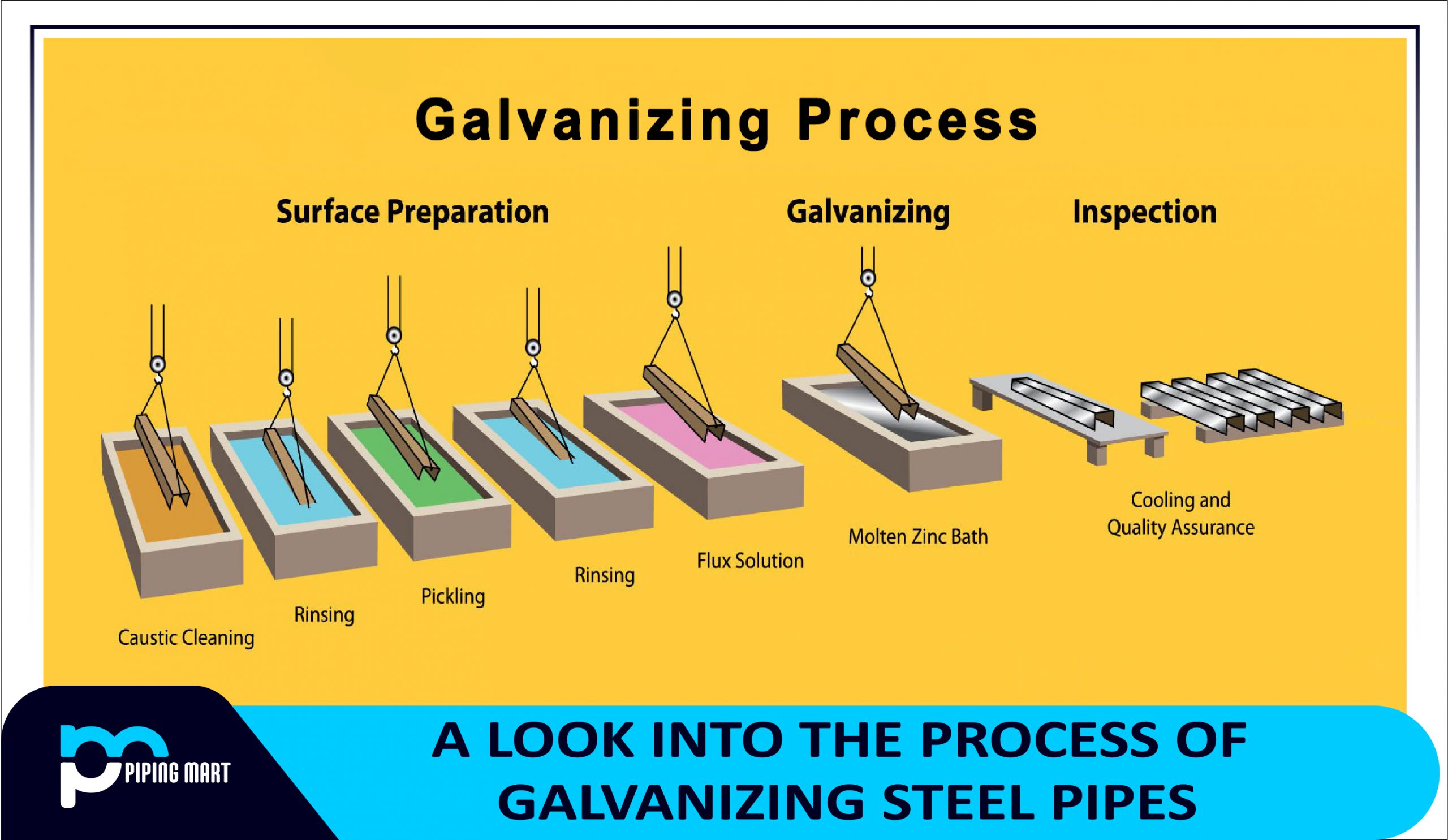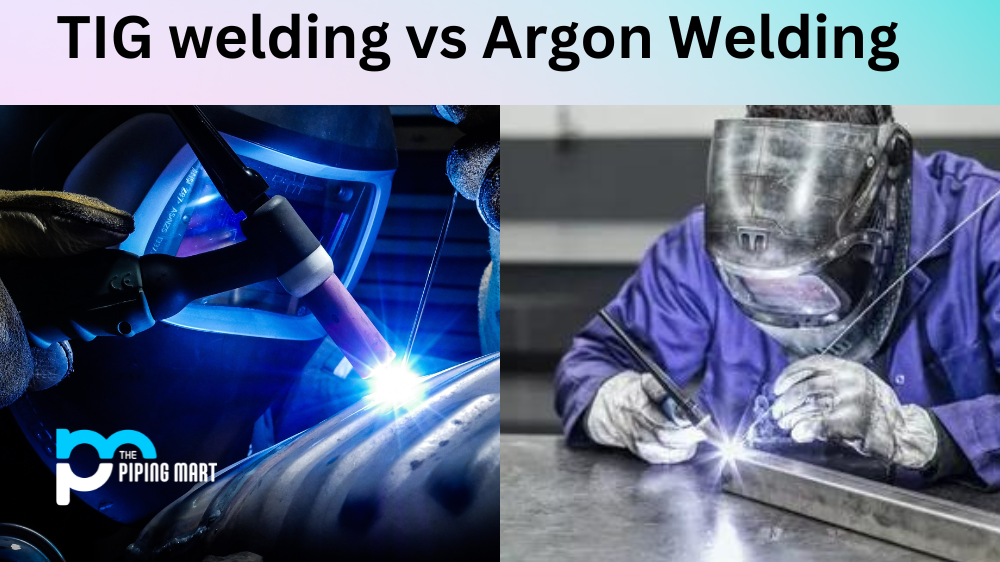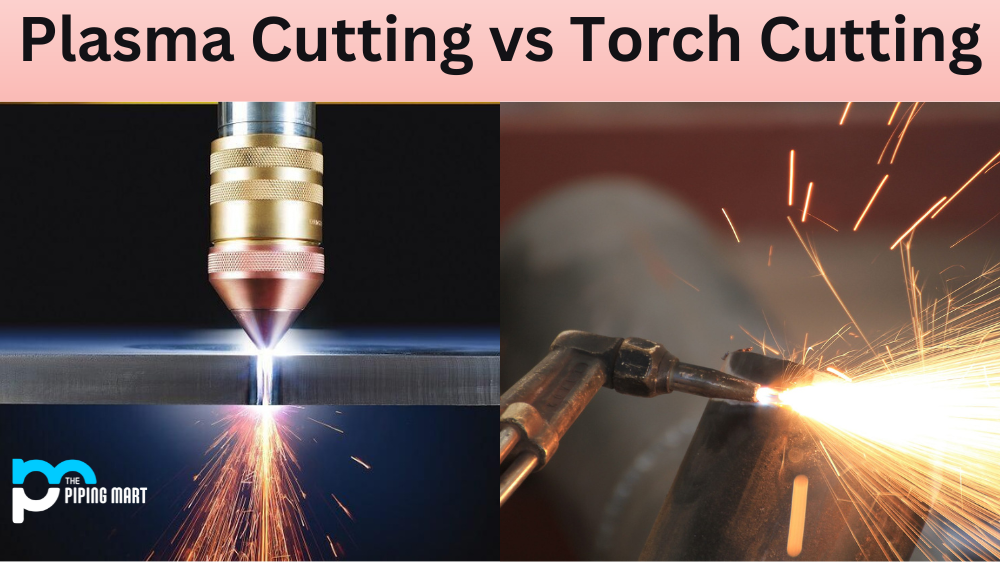Carbon arc welding is a popular welding technique that is used in various industries. It is one of the oldest and most reliable welding processes, but it also comes with some drawbacks. This blog post will explore the advantages and disadvantages of carbon arc welding so you can decide if this method is the right choice for your next project.
Advantages of Carbon Arc Welding
One advantage of carbon arc welding is that it produces consistent welds with minimal porosity and high deposition rates. This makes it ideal for use in applications where speed and accuracy are essential, such as in manufacturing or industrial settings. Additionally, carbon arc welding requires fewer tools than other types of welding, making it easier to do on-site work or work in tight spaces. Finally, this method works well with most metals and alloys, so you don’t have to worry about compatibility issues when using this type of welding process.
- Carbon arc welding is a welding process that uses an electric arc to create heat.
- Carbon arc welding is faster than other welding processes, making it ideal for large projects.
- Carbon arc welding produces less slag than other welding processes, making it easier to produce a clean weld.
- Carbon arc welding is less likely to cause warping and distortion than other welding processes.
- Carbon arc welding can be used on a variety of materials, including metals, plastics, and glass.
Disadvantages of Carbon Arc Welding
However, there are some drawbacks to consider before choosing this type of welding process. Carbon arc welding produces significant amounts of smoke and fumes, which can be hazardous to both welders and bystanders unless adequate ventilation is provided. Additionally, the high temperatures produced by this process can warp or damage certain materials if not monitored carefully. Finally, carbon arc welding often requires experienced operators as the technique can be difficult to master for those unfamiliar with its principles.
Limited to Thick Materials
One of the primary disadvantages of carbon arc welding is that it is limited to thick materials. This is because the process relies on an electric arc to create heat, and thicker materials require more heat to weld. Additionally, carbon arc welding is not well suited for welding thin materials, as the heat generated by the process can cause them to warp or melt.
Requires Specialized Equipment
Another disadvantage of carbon arc welding is that it requires specialized equipment. This includes an electrode holder, a power supply, and a water-cooled torch. Additionally, carbon arc welding requires a higher level of skill than other welding processes, such as MIG welding or TIG welding.
Produces harmful fumes
Another downside of carbon arc welding is that it produces harmful fumes. These fumes can contain high levels of carbon monoxide and other toxins, which can be dangerous to both welders and bystanders. Additionally, the fumes produced by carbon arc welding can be difficult to ventilate, making it important to have proper ventilation in place before beginning a welding project.
Can be Expensive
Another disadvantage of carbon arc welding is that it can be expensive. This is due to the fact that it requires specialized equipment and consumables, such as electrodes and gas cylinders. Additionally, carbon arc welding projects often take longer to complete than other types of welding projects, which can add to the overall cost.
Requires frequent maintenance
Another downside of carbon arc welding is that it requires frequent maintenance. This includes regularly cleaning the power supply and torch, as well as replacing consumables such as electrodes on a regular basis. Failure to properly maintain carbon arc welding equipment can result in decreased performance and increased wear on the equipment.
Conclusion:
Carbon arc welding has been around for decades and remains a popular choice among welders due to its reliability and affordability. However, it is important to take into account both its advantages—such as its fast deposition rates and wide compatibility—as well as its drawbacks—such as smoke emissions and potential warping of certain materials—before deciding if this is the right choice for your project. With these considerations in mind, you can make an informed decision about whether or not carbon arc welding is right for you!

A passionate metal industry expert and blogger. With over 5 years of experience in the field, Palak brings a wealth of knowledge and insight to her writing. Whether discussing the latest trends in the metal industry or sharing tips, she is dedicated to helping others succeed in the metal industry.




